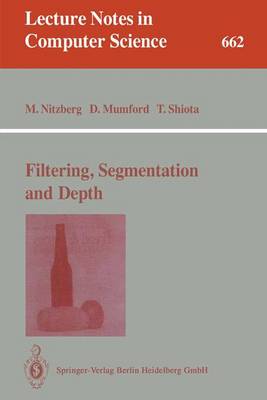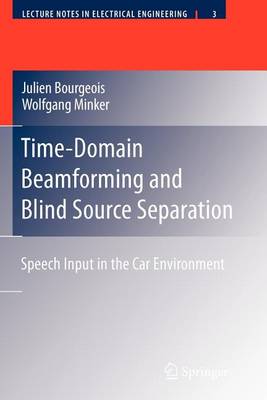Lecture Notes in Computer Science
1 primary work • 2 total works
Book 662
Filtering, Segmentation and Depth
by Mark Nitzberg, David Mumford, and Takahiro Shiota
ambiguous signal from a TV camera and ends with a high-level
description of discrete objects located in 3-dimensional
space and identified in a human classification.
This book addresses the process at several levels. First to
be treated are the low-level image-processing issues of
noise removaland smoothing while preserving important lines
and singularities in an image. At a slightly higher level, a
robust contour tracing algorithm is described that produces
a cartoon of the important lines in the image. Thirdis the
high-level task of reconstructing the geometry of objects in
the scene.
The book has two aims: to give the computer vision community
a new approach to early visual processing, in the form of
image segmentation that incorporates occlusion at a low
level, and to introduce real computer algorithms that do a
better job than what most vision programmers use currently.
The algorithms are:
- a nonlinear filter that reduces noise and enhances edges,
- an edge detector that also finds corners and produces
smoothed contours rather than bitmaps,
- an algorithm for filling gaps in contours.
Time-Domain Beamforming and Blind Source Separation
by Mark Nitzberg, David Mumford, Takahiro Shiota, Julien Bourgeois, and Wolfgang Minker
This book addresses the problem of separating spontaneous multi-party speech by way of microphone arrays (beamformers) and adaptive signal processing techniques. It is written is a concise manner and an effort has been made such that all presented algorithms can be straightforwardly implemented by the reader. All experimental results have been obtained with real in-car microphone recordings involving simultaneous speech of the driver and the co-driver.

